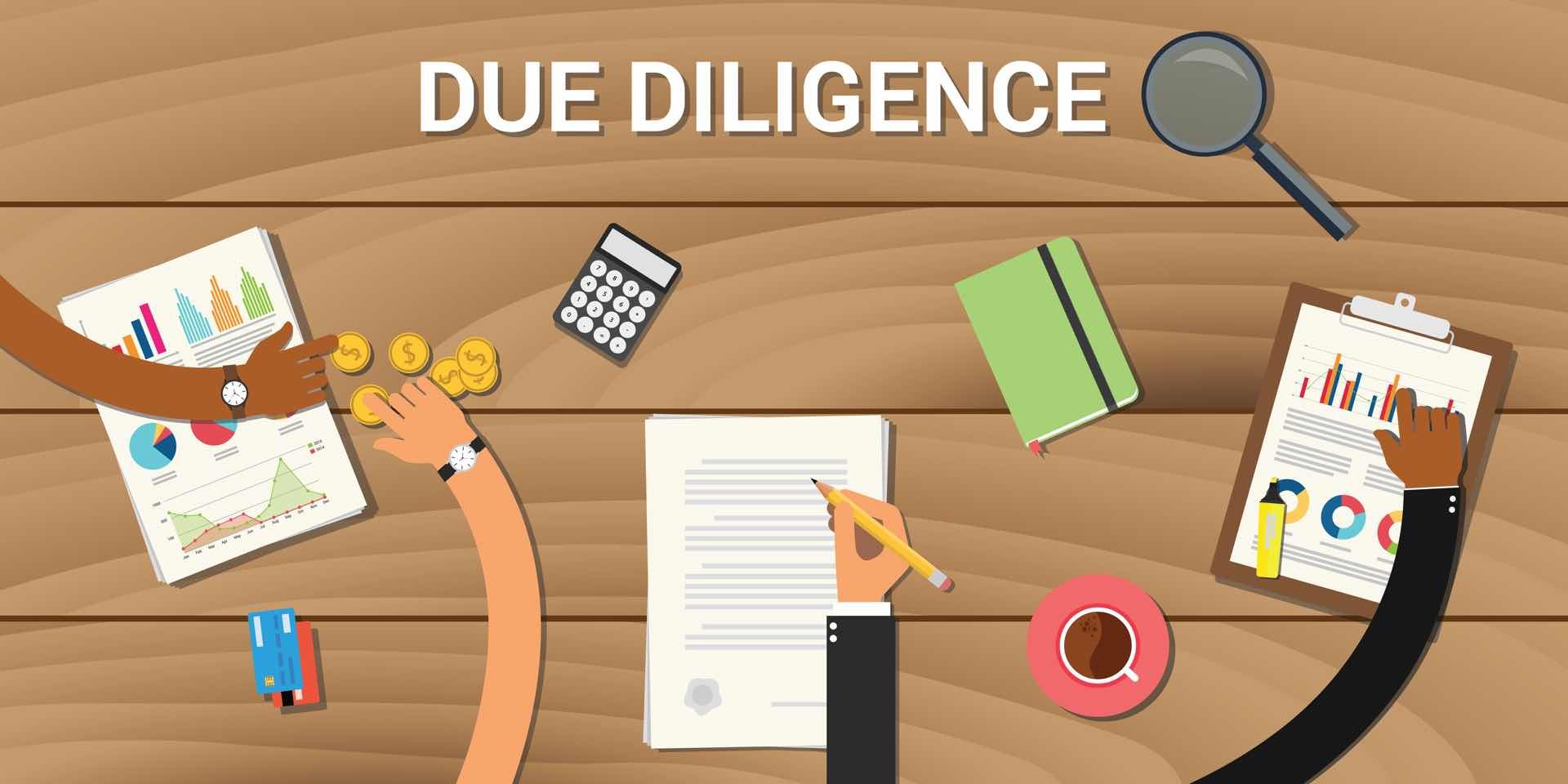How to Conduct Due Diligence on Commercial Properties
When investing in commercial real estate, conducting due diligence is essential to ensure that you are making a sound investment. Due diligence is the process of thoroughly evaluating a property to assess its financial and physical condition, as well as any potential risks or liabilities. In this article, we will discuss the key steps involved in conducting due diligence on commercial properties.
Step 1: Reviewing Financial Documents
One of the first steps in conducting due diligence on a commercial property is to review its financial documents. This includes examining income and expense statements, rent rolls, leases, and any existing financing agreements. By analyzing these documents, you can get a clear understanding of the property’s current financial performance and potential for future returns.
Step 2: Inspecting the Property
Next, it is important to physically inspect the property to assess its condition. This involves conducting a thorough inspection of the building, including the roof, HVAC systems, plumbing, and electrical systems. It is also important to review any recent maintenance records and reports to identify any potential issues that may require costly repairs in the future.
Step 3: Environmental Due Diligence
Environmental due diligence is an important step in assessing the potential risks associated with a property. This may involve conducting a Phase I Environmental Site Assessment (ESA) to identify any potential environmental hazards or contamination on the property. By identifying and addressing any environmental risks early on, you can avoid costly liabilities in the future.
Step 4: Legal Due Diligence
Legal due diligence involves reviewing all legal documents related to the property, including title reports, zoning regulations, easements, and any existing lease agreements. It is important to ensure that the property has clear title and is in compliance with all local zoning laws and regulations. Additionally, reviewing lease agreements can help you understand the terms of existing leases and potential income streams.
Step 5: Market Analysis
Lastly, conducting a market analysis is essential to assess the property’s position in the local market. This involves studying market trends, vacancy rates, rental rates, and demand for commercial space in the area. By understanding the market dynamics, you can make informed decisions about the property’s potential for future growth and profitability.
Conclusion
Conducting due diligence on commercial properties is a complex and time-consuming process, but it is essential for making sound investment decisions. By following the steps outlined in this article, you can thoroughly evaluate a property’s financial, physical, environmental, and legal aspects to mitigate risks and maximize returns. Remember, due diligence is key to successful commercial real estate investing.


